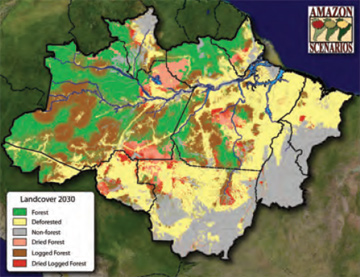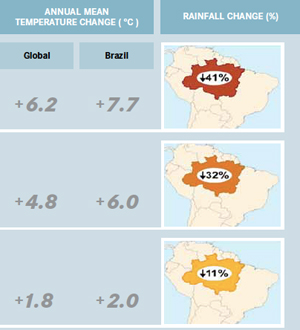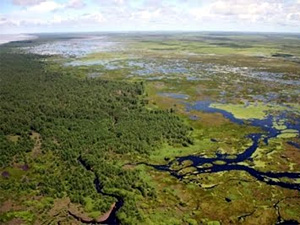There are several actions that must be taken, which would make a huge impact on the conservation of the Amazon. First off, we need strict laws that will stop the illegal trade of biological species, which people use for private collection or research purposes. Brazilian police in the last few years have improved the surveillance
and control of this kind of crime (amazon-rainforest.org). Though conducting research is good, it should not involve illegal trade of species, therefore, there needs to be stricter monitoring and guidelines for the use of rainforest resources for research purposes.
As for illegal wood exporting: the buying countries should always require the proper certifications, which prove the origin of the
wood to ensure it is from a legal reserve. On a more basic level, the general public should not support those who acquire wood illegally. Home Depot, for example, has done just that. They released a Wood Purchaching Policy in 1999, which stated that they "would stop buying from
endangered regions" and "have shifted procurement of wood from questionable
sources to companies that practice responsible forestry" (Homedepot.com).
Also on a basic level, the general public should pressure governments to enforce laws that help protect rainforests, including those that regulate guidelines for methods deforestation.
Also on a basic level, the general public should pressure governments to enforce laws that help protect rainforests, including those that regulate guidelines for methods deforestation.
 |
| http://www.greenpeace.org/usa/en/news-and-blogs/campaign-blog/save-the-amazon-veto-the-new-forest-code/blog/38276/ |
Sources:
http://www.amazon-rainforest.org/destruction.html
https://corporate.homedepot.com/CorporateResponsibility/Environment/WoodPurchasing/Pages/FAQs.aspx






